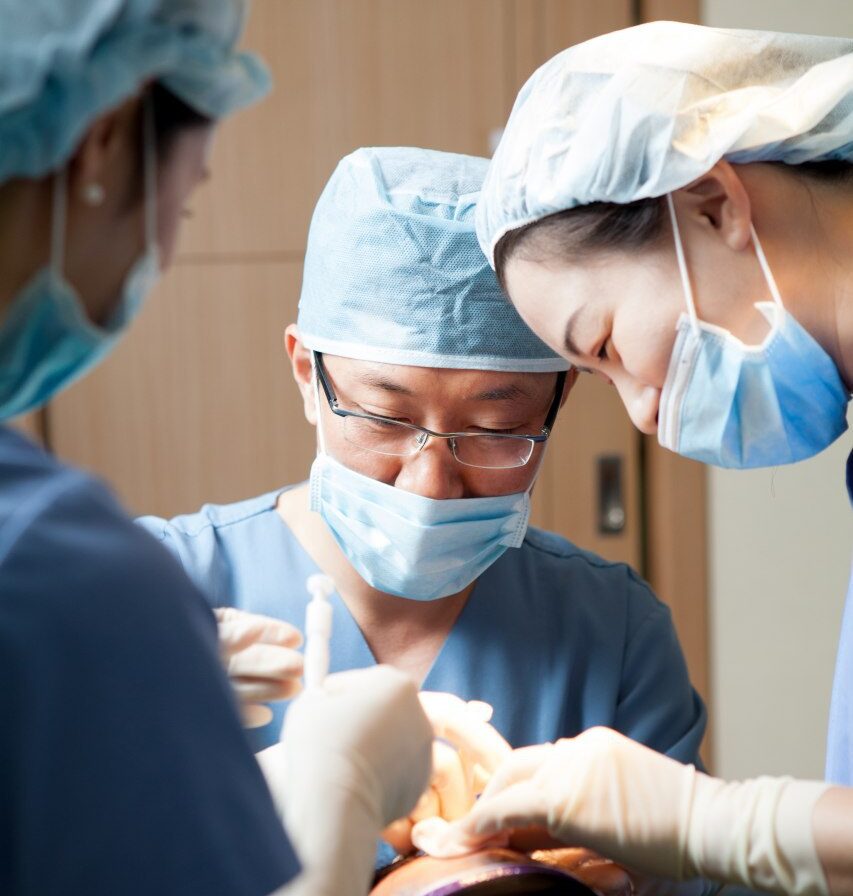Benefits of Hair Transplant Surgery
Hair has long been a representation of self-awareness, character, and self-assurance. It enhances our style, frames our faces, and frequently acts as a blank canvas for our individuality. But on sometimes, life’s journey takes us to a location when our once-luxurious locks start to thin, retreat, or vanish entirely. For many people, hair loss is a typical occurrence that affects not only our looks but also our self-esteem and general quality of life.
What is Hair Transplant Surgery?
The goal of hair transplant surgery is to treat thinning or hair loss by moving hair follicles from one area of the body—typically the back or sides of the head—to balding areas. Follicular Unit Extraction (FUE) and Follicular Unit Transplantation (FUT) are the two most popular methods for performing hair transplants. To produce hair growth that looks real, these procedures carefully extract and implant individual hair follicles.
How Does Hair Transplant Surgery Work?
Hair follicles are moved during a hair transplant procedure from one part of the body, often the back or sides of the head (donor site), to balding or thinning areas (receiver site). To reduce pain, this treatment is carried out under local anesthesia. In hair transplant surgery, two basic procedures are employed:
The Follicular Unit Transplantation (FUT) procedure involves surgically removing a strip of skin from the donor location that contains hair follicles. After that, the surgeon separates this strip into distinct follicular units, which are little collections of hair follicles that each have 1-4 hairs. These follicular units are painstakingly transplanted into the recipient site, resulting in a hairline and density that look realistic.
Follicular Unit Extraction (FUE) is a minimally invasive procedure in which individual hair follicles are removed from the donor site with the aid of a specialized tool. The recipient area is then given these follicles to grow in. Contrary to FUT’s linear scar, which is more obvious, FUE leaves microscopic, dot-like scars.
Are Hair Transplants Suitable for Everyone?
The majority of people who have hair loss owing to a variety of causes, such as male and female pattern baldness, age-related hair thinning, and hair loss brought on by trauma or medical problems, are candidates for hair transplant surgery. But not everybody makes a good candidate. A trained surgeon’s opinion is necessary to determine eligibility because variables like the degree of balding, the caliber of the donor hair, and general health may have an impact.
The Benefits of Hair Transplant Surgery
Natural and Permanent Results
The natural and long-lasting effects that hair transplant surgery offers are one of its main advantages. As long as you live, the transplanted hair follicles will continue to grow, providing a long-lasting remedy for hair loss. It is practically impossible for people to detect that you have had a transplant because the freshly grown hair blends in seamlessly with your natural hair.
Enhanced Self-Confidence
Hair loss can negatively affect confidence and self-esteem. After a successful hair transplant, many people report feeling more confident and energized. Regaining a full head of hair frequently results in a better sense of self and a happier view of life.
No Ongoing Maintenance
There is no requirement for additional maintenance or care once the transplanted hair follicles have established themselves. Your transplanted hair can be cared for the same as the rest of your hair, including regular washing, desired styling, and cutting.
Minimal Downtime
There is typically little recovery time following hair transplant surgery. Within a few days to a week of treatment, the majority of patients can return to their regular activities. This makes it a practical choice for people who lead hectic lives.
Natural-Looking Results
Modern hair transplant methods like FUT and FUE produce outcomes that look natural. The exact placement of each individual follicle guarantees that there is no visible evidence of surgery in the hairline or density.
Improved Hair Density
In addition to treating bald spots, hair transplant surgery can help thicken thinning hair in certain areas. This might give you a fuller, younger appearance.
Cost-Effective in the Long Run
The long-term advantages must be taken into account, even though the initial cost of hair transplant surgery may appear high. In contrast to the continuous costs associated with hair loss treatments like medicines and topical treatments, hair transplants are a one-time investment.
Safe and Well-Established Procedure
When carried out by a licensed and skilled surgeon, hair transplant surgery is a well-recognized and safe treatment. Surgery is a trustworthy choice for hair restoration because the risks and complications are low.
Natural Hair Growth Cycle
The hair growth cycle is followed by transplanted hair follicles. They initially shed, then regrowth occurs, allowing for a slow and natural growth of hair.
Versatile Solution
Male and female pattern baldness, receding hairlines, and hair loss brought on by injuries or medical disorders are just a few of the different types of hair loss that can be treated through hair transplant surgery. This flexible approach works for a variety of people.
Why Root Hair Transplantation Clinic

We will set the standard for hair transplants. Root Hair Transplant has a long-term goal of continuously helping people with hair loss. At Root Hair Transplant, we give customized hair transplants to all those who need them. However, Root Hair Transplant is proud to provide quality care and service, making the solution long-lasting.
FAQ
The operation itself is painless because hair transplant surgery is carried out under local anesthetic. Some patients may have little discomfort throughout the healing process, which can be controlled with painkillers that the surgeon has prescribed.
When done by a trained and experienced surgeon, hair transplant surgery is generally safe. Infection, bleeding, scarring, or an unnatural appearance are rare complications, although they can occur if the procedure is not done properly. Selecting a trustworthy surgeon is essential to reducing dangers.
In order to restore a more youthful appearance, a new hairline can be created during hair transplant surgery to effectively correct receding hairlines. Together with you, the surgeon will create a hairline that matches your facial features and looks natural.
Conclusion
Hair loss and thinning can be treated by hair transplant surgery, which is a sophisticated and successful method. People can decide whether or not hair transplant surgery is the best option for their unique needs and goals by studying the procedures involved, the consultation process, and the post-operative rehabilitation. It provides a way to regain your confidence, achieve results that look natural, and get your hair back to its fuller, younger state.
